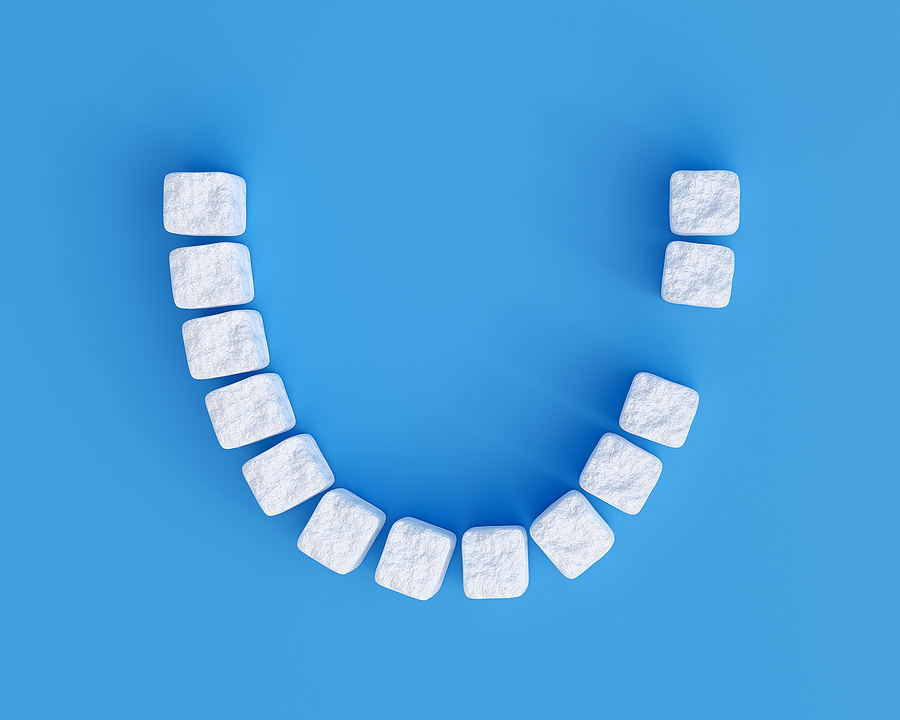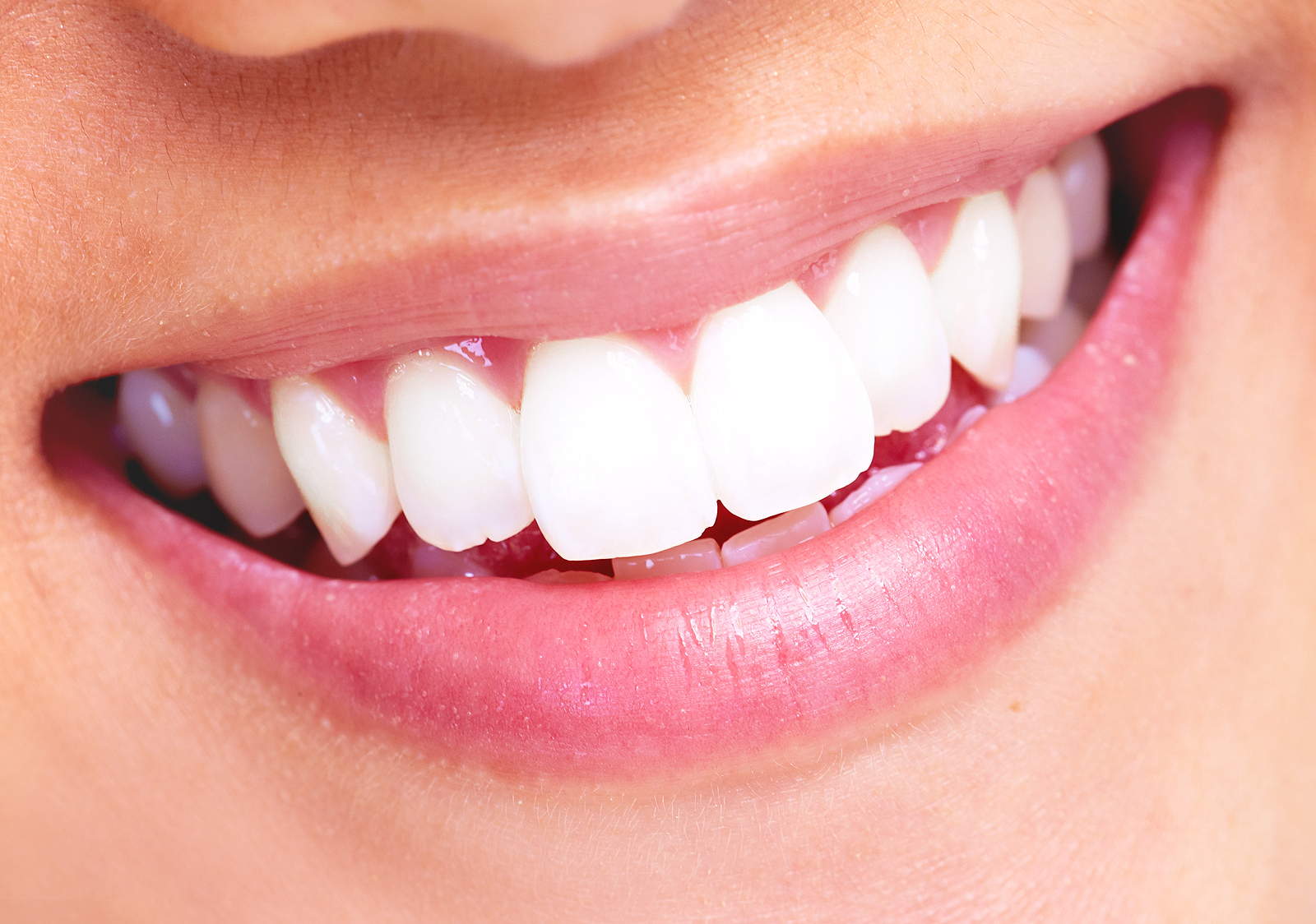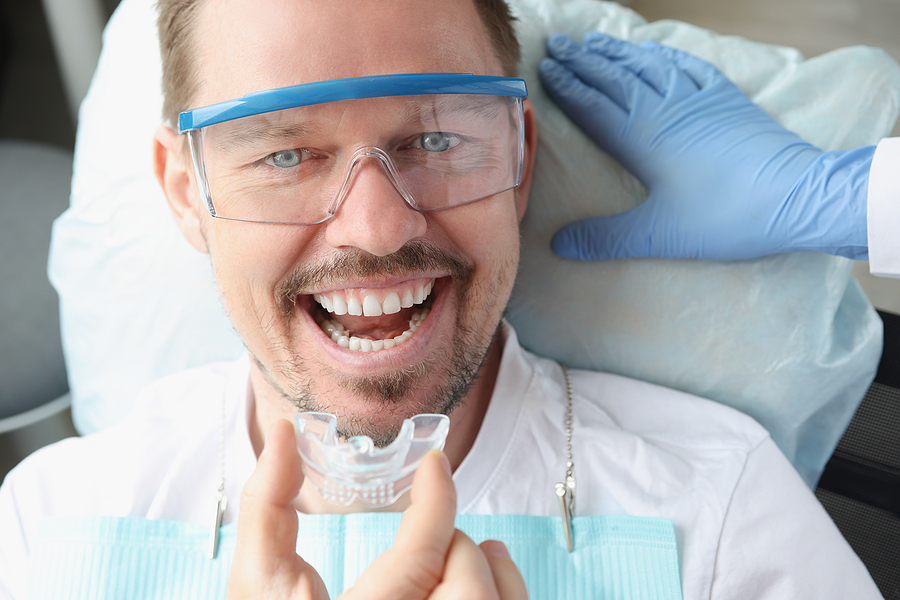Strange And Fascinating Animal Teeth
Posted by HEALTHY SMILES OF BIRMINGHAM on Oct 28 2020, 12:28 AM
Animals have different types of teeth. Some animals have sharp, pointed teeth for tearing and cutting meat. Others have blunt, flat teeth for grinding plant matter. Some animals, like horses, have teeth that continue to grow throughout their lives. Others, like sharks, have teeth that fall out and are replaced with new teeth.
Alligators
Known for their distinctive rows of sharp teeth, alligators aren’t known for being particularly cute animals. In fact, these reptiles are quite frightening! But did you know that their teeth are fascinating? It’s true—alligators have amazing teeth that help them survive in dangerous environments.
Alligators are apex predators in their ecosystems. This means that although they typically prey on smaller organisms like fish or turtles, they will also hunt larger creatures to feed themselves and their families. Their large teeth and strong jaws allow them to take down prey of all sizes with ease. Some species of alligator have even been known to take down deer or even elephants! However, not all of the alligator’s teeth are for hunting and feeding.
Alligators also use their front teeth as tools to aid in communication. They clack them against the roof of their mouth in order to communicate with other alligators. When they do so, they emit a sound called “snapping.” This sound can be up to 240 decibels, which is louder than the sound of a pistol shot!
Alligators aren’t the only creature with interesting teeth, though. Sharks have razor-sharp teeth for cutting their prey into pieces before consuming it. Elephants have tusks they use to dig for food and scrape mud off of their bodies. Even humans have evolved to have crooked teeth to help us consume our tough, fibrous diets. Our mouths have even changed shape over time to accommodate these new eating habits.
Crocodile
Crocodiles have a unique, protected mouth design that makes them very good at crushing bones and tearing flesh. Their teeth are fused together into a single structure called a “dental pad.” This pad rests flat on top of the crocodile’s gums, giving each tooth stable support while allowing it to grind up prey or tear at meat. The croc’s teeth are also extremely sharp and serrated—perfect for breaking down bone and other tough materials!
It’s believed that the dental pad was a key factor in helping the crocodile evolve from land to a water-dwelling animal. The flat surface made it easier for the croc to swallow large pieces of meat and sensitive bones without choking on them. It also increased their bite force and protected their teeth when feeding on fish.
Pigs
Interestingly, pigs have four sets of teeth in their lifetime! They are born with their teeth already formed and will grow two sets of baby teeth before falling out and replacing them with permanent adult teeth. The fourth set of teeth, called tusks, are not technically “teeth” at all, so they do not fall in the same category as human teeth. Tusks serve the purpose of protecting their soft tissue from predators and are elongated versions of the incisors. Pigs are herbivores in the wild but will eat almost anything when they are domesticated. And have more teeth than humans!



